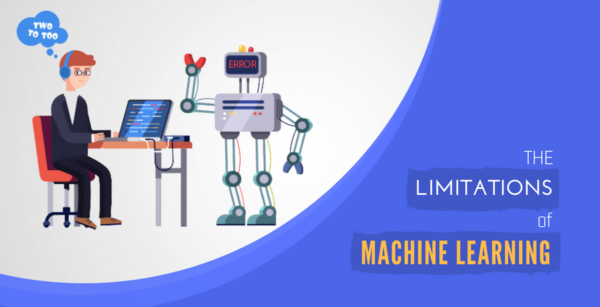
Machine learning is one of the newest technologies that is poised to make significant changes in the way companies conduct their business. Machine learning refers to computer technology that relays intelligent output based on algorithmic decisions made after processing a user’s input.
While still in its infancy, machine learning has already started being rolled out to consumers through different applications, such as Apple’s Siri, Amazon’s Alexa, and Microsoft’s Cortana, among others. Apart from voice, the technology is used to process image data (e.g. Facebook’s facial recognition technology) and text data (e.g. Google’s machine-assisted language translation).
Machine Learning and Translation
Various reports indicate that advanced machine learning systems will leave translators out of work in the near future. However, while there has been a significant improvement in neutral machine translation (NMT), the technology still has a long way to go before it can match human translations.
Below are some common problems of machine translation:
i) Quality issues
Quality is one of the biggest challenges for machine translation. Context is an important component of understanding a language. Unfortunately, no computer software can process the context of a language, which is critical for accurate translation.
Words can have different meanings in different languages. A computer program does not understand context, especially in complex situations, and cannot come up with an accurate translation of the meaning.
ii) Lack of feedback
Alexa and Siri do a good job of impersonating self-thinking intelligence software. However, in reality, they are not self-thinking, and have many problems when interacting with the end user. The same applies to the various translation software programs available on the market.
For example, when you want to launch a product or service in a foreign market, you will not be able to collaborate or get feedback from the software on the best way to convey your message to your target audience. In the best case scenario, using software to translate content for a new market would be a gamble.
iii) Lack of creativity
Mastering a language requires thousands of hours of exposure and practice. Some subject matter can be translated decently through machine intelligence. However, the translation software cannot master the language, which requires a lot of creativity.
Your language has to be creative to drive the point home either to your target audience or clients in foreign markets. Only a human translator that understands the foreign market can help you come up with creative ways of conveying your message through content.
iv) Lack of sensitivity
The culture of a country is partly reflected through its language(s). The values and norms of a country determine how people communicate with each other. Without having background knowledge and experience with the culture, it is impossible to know the meaning conveyed by specific words in the culture.
Machine programs do not understand a people’s cultural values and norms. As a result, relying entirely on machine translation can lead to you delivering the wrong message to your customers. Even worse, some machine-translated words may end up being offensive to customers in a foreign market.
Businesses can get their content translated at a low cost by utilizing machine translation. However, the technology is often not the best solution. To get your content translated accurately, consider hiring a professional translation firm with expert multi-lingual staff that speaks the language of your target foreign markets.

